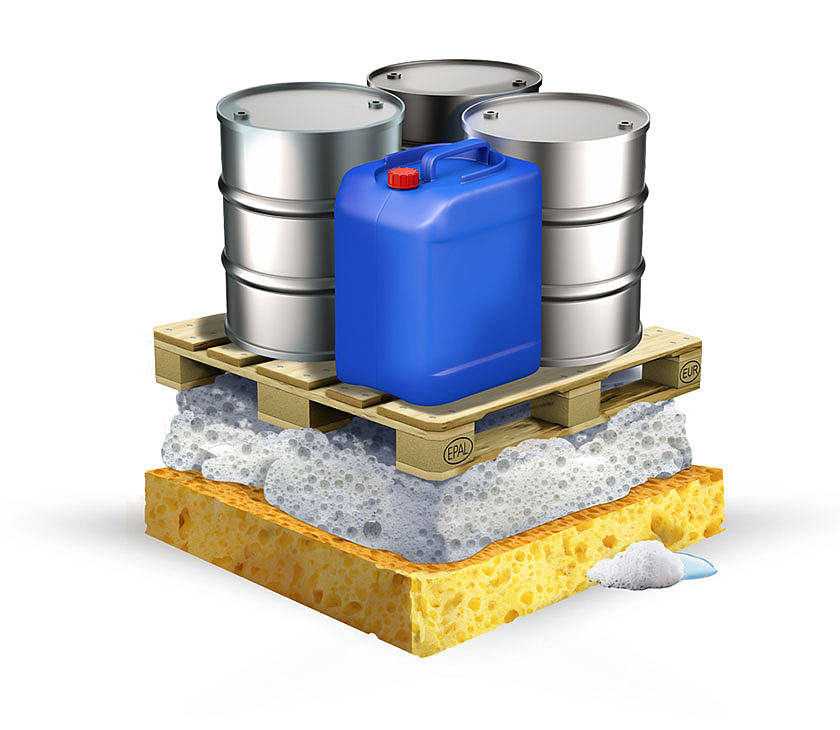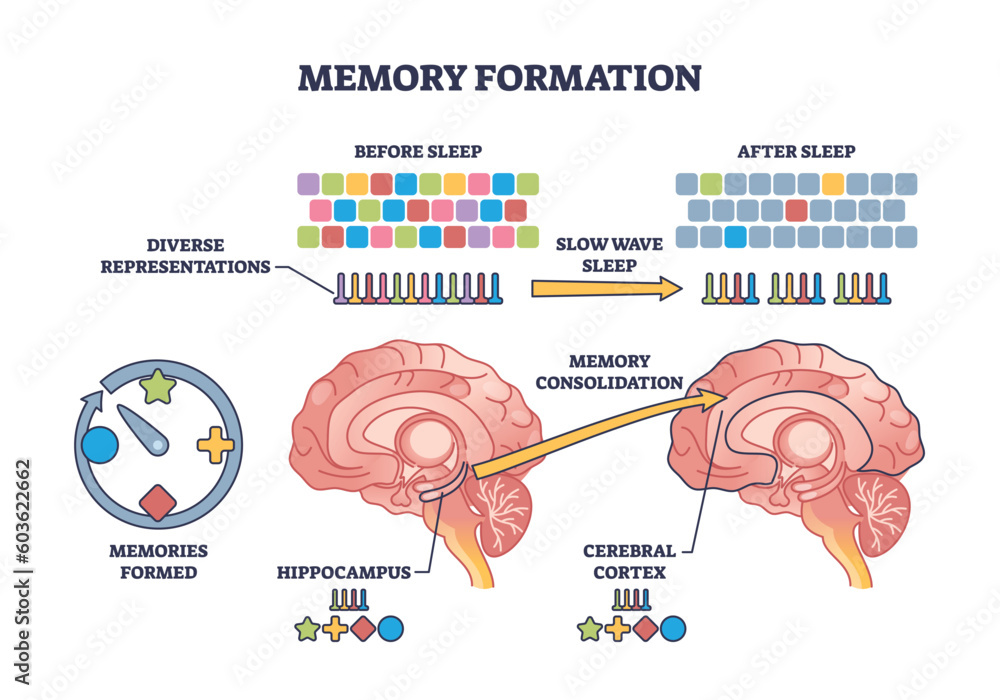Industrial chemicals play a pivotal role in our modern lives, often hidden within the products we use daily, from electronics and furniture to clothing. These substances, while essential for manufacturing, pose significant risks to both human health and environmental safety if not properly managed. Understanding the implications of industrial chemicals requires thorough chemical hazard assessments, which evaluate the potential risks they pose. The availability of safety certifications based on toxicology data is essential for consumers who wish to make informed choices. As we become more aware of these hazards, the demand for transparency and regulation in the usage of industrial chemicals continues to grow.
In the realm of manufacturing, synthetic compounds and processing agents are fundamental to the creation of consumer goods that we often overlook. These chemical agents, crucial for producing everything from gadgets to garments, can have severe repercussions on personal well-being and ecological integrity. Comprehensive evaluations of chemical risks, such as safety reviews and toxicity studies, are vital for ensuring compliance and safeguarding health. With increasing interest in sustainability, businesses are encouraged to adapt practices that mitigate negative impacts associated with harmful substances. Thus, navigating the landscape of industrial materials requires diligent attention to chemical assessments to prioritize public and environmental health.
The Importance of Chemical Hazard Assessments in Industrial Chemicals
Chemical hazard assessments (CHAs) play a crucial role in evaluating the safety of industrial chemicals used in everyday products. These assessments provide valuable insights into a chemical’s potential risks to human health and the environment, enabling manufacturers to make informed decisions. Without a standardized requirement for vetting each chemical before its use, many companies face challenges in tracking the safety of countless substances present in their supply chains. This is where effective CHAs can act as a beacon, guiding organizations toward safer alternatives and responsible chemical management.
In recent years, the spotlight has turned towards industrial chemicals, prompting both businesses and consumers to demand greater transparency regarding the safety of their products. By adopting a rigorous approach to chemical hazard assessments, companies can not only comply with existing safety regulations but also prepare for future legislative changes aimed at improving public safety. Furthermore, comprehensive insights derived from toxicology data can foster a workplace environment that prioritizes human health, ensuring that employees and consumers are protected from hazardous exposures.
Enhancing Human Health through Safer Chemicals
Human health is significantly impacted by the chemicals we encounter daily—from the clothes we wear to the food we consume. Concerns about carcinogenicity, reproductive toxicity, and neurotoxicity have highlighted the need for industries to assess the safety of their chemical formulations. Organizations are increasingly relying on frameworks like ChemFORWARD’s to understand the multifaceted effects of industrial chemicals, ensuring safety certifications and better consumer protection.
This proactive approach leads to a healthier population as businesses prioritize the reduction of hazardous chemicals in their products. For instance, ChemFORWARD’s methodology evaluates a wide range of health endpoints associated with chemical exposures, providing a comprehensive overview that empowers companies to make safer choices. By utilizing advanced toxicology data and collaborative assessments, the private sector can effectively mitigate potential risks and enhance the overall well-being of consumers.
Environmental Safety and Its Link to Industrial Chemicals
The relationship between industrial chemicals and environmental safety is a pressing concern that has garnered global attention. Chemicals released into the environment can disrupt ecosystems and pose significant threats to biodiversity and public health. With ChemFORWARD’s dedication to providing verified chemical hazard assessments, organizations can better understand how their use of these substances affects not just human health but also environmental preservation. This comprehensive oversight can promote a healthier planet for future generations.
In striving for environmental safety, companies are prompted to assess their chemical usage rigorously, focusing on substances that degrade safely and do not accumulate in the ecosystem. By utilizing reliable data from CHAs, firms can establish cleaner production processes and develop products that pose minimal risk to the environment. As more entities adopt this approach, it creates a ripple effect throughout industries, leading to widespread adoption of sustainable practices that prioritize both ecological health and corporate responsibility.
The Role of Safety Certifications in Chemical Management
Safety certifications are pivotal in ensuring that industrial chemicals meet regulatory standards and public health expectations. These certifications often stem from thorough chemical hazard assessments that verify the safety and efficacy of products before they reach consumers. As industries become increasingly aware of the risks associated with toxic substances, the demand for credible safety certifications has surged, compelling manufacturers to prioritize responsible chemical management practices.
As companies work towards obtaining safety certifications, they cultivate a culture of transparency and accountability within their operations. Such efforts not only enhance consumer trust but also foster innovation in the development of safer chemical alternatives. By embedding safety certifications into their product development processes, businesses can significantly reduce the risks associated with hazardous chemicals, paving the way for a more sustainable and health-conscious market.
Leveraging Toxicology Data for Better Product Safety
Sourcing and analyzing toxicology data is an essential step in the process of enhancing product safety within industrial sectors. This data provides insights into the effects of chemicals on human health and environmental safety, informing manufacturers about potential hazards associated with their products. By leveraging toxicology data, organizations can make data-driven decisions that prioritize safety, helping to protect consumers from harmful exposures.
Moreover, consolidating this information allows for more effective communication between manufacturers and consumers. Transparent reporting of toxicology findings not only fulfills regulatory compliance but also aligns with consumer expectations for safer products. As public awareness of chemical risks increases, firms that effectively harness toxicology data can position themselves as leaders in responsible chemical management, ultimately contributing to healthier communities and environments.
Cross-Sector Collaboration for Safer Chemicals
Collaboration across different sectors is essential for the advancement of chemical safety. As diverse stakeholders unite—ranging from government bodies to private companies—efforts can be amplified to address chemical hazards effectively. Initiatives like ChemFORWARD are paving the way for transformational partnerships that allow for the sharing of chemical hazard assessments and toxicology data, enhancing safety practices across the board.
Such collaborative models not only distribute the financial burden of research and development but also foster a shared commitment to public health. When companies share findings and methodologies in assessing industrial chemicals, it can lead to innovative solutions that enhance safety and environmental stewardship. By working together, various entities can accelerate the transition towards safer chemical practices, benefitting society as a whole.
Understanding Chemical Impact through Comprehensive Assessments
Understanding the full impact of industrial chemicals requires comprehensive assessments that consider both human health and environmental implications. The integration of diverse health endpoints in chemical hazard assessments enables a thorough evaluation of each chemical’s toxicity and bioaccumulation potential. By adopting this holistic perspective, companies can make informed choices about the substances they introduce into their supply chains and products.
With extensive data on the effects of chemicals, organizations can better predict potential hazards and develop strategies to mitigate risks. The importance of this level of assessment cannot be overstated, as it lays the groundwork for establishing safer products and improving overall community health. As industries embrace rigorous chemical assessments, they also contribute to fostering a culture of safety and responsibility that benefits everyone.
The Future of Industrial Chemistry and Health Safety
The future of industrial chemistry hinges on a commitment to health safety and sustainable practices. As regulatory frameworks evolve and consumer expectations shift, companies are increasingly recognizing the necessity of prioritizing health, safety, and environmental considerations in their processes. Innovations in chemical hazard assessments and safety certifications are reshaping the landscape of product development, driving firms to seek out safer alternatives.
Looking ahead, the integration of data-driven decision-making will enhance the efficacy of safety protocols and assessments. Technologies that streamline the collection and analysis of toxicology data can empower businesses to better understand their chemical footprints. As the dialogue around health and safety in the chemical industry continues to grow, firms that adapt proactively will stand out as champions of responsible practices, ultimately leading to a healthier planet and populace.
Educational Efforts to Raise Awareness of Chemical Safety
Raising awareness about chemical safety is a vital component in promoting public health and environmental stewardship. Educational initiatives that focus on the impact of industrial chemicals can empower individuals and organizations to make informed choices about the products they use. By fostering a deeper understanding of chemical hazards and their effects, these efforts contribute to a more health-conscious society.
Academics, industry leaders, and advocacy groups play a critical role in disseminating information regarding chemical safety practices. Workshops, informational campaigns, and community seminars can effectively communicate the significance of careful chemical management. These educational outreach programs not only inform the public but also encourage individuals to demand transparency from manufacturers about the chemicals in their everyday products.
Frequently Asked Questions
What are chemical hazard assessments and why are they important for industrial chemicals?
Chemical hazard assessments (CHAs) are evaluations of the potential health and environmental impacts of industrial chemicals. They are critical for identifying risky substances and ensuring public safety, as they inform product manufacturers about the possible toxicological effects and environmental hazards associated with chemicals used in their products.
How do industrial chemicals affect human health?
Industrial chemicals can adversely affect human health through various pathways such as skin contact, inhalation, or ingestion. Chemicals may cause conditions ranging from skin irritation to more severe effects like carcinogenicity and reproductive toxicity. Understanding the toxicology data related to these substances helps in assessing their risks and implementing safety measures.
What measures are in place for environmental safety regarding industrial chemicals?
Environmental safety measures for industrial chemicals include regulations such as the EU’s REACH (Registration, Evaluation, Authorization and Restriction of Chemicals) that require chemical assessments and certifications. These efforts aim to evaluate the hazardous nature of chemicals to minimize their impact on ecosystems and human health.
What are safety certifications and how do they relate to industrial chemicals?
Safety certifications ensure that industrial chemicals meet specific health and environmental safety standards before they can be used in products. These certifications are essential for manufacturers to demonstrate compliance with regulations and to build consumer trust in the safety of their products.
How can toxicology data improve the safety of industrial chemicals used in products?
Toxicology data provides critical insights into the health effects and environmental risks associated with industrial chemicals. By utilizing this information, companies like ChemFORWARD can conduct thorough chemical hazard assessments, helping manufacturers make informed decisions to minimize harmful exposures and improve product safety.
| Key Points | Details |
|---|---|
| Introduction to ChemFORWARD | Database of industrial chemicals aimed at improving public and environmental health. |
| Key Address by ChemFORWARD’s Lead | Heather McKenney highlighted challenges in the chemical industry regarding the vetting of chemicals. |
| Chemical Hazard Assessments | ChemFORWARD compiles verified environmental and health assessments for chemicals in supply chains. |
| Importance of Transparency | Collaboration is key to transforming health standards in products by sharing knowledge. |
| Chemical Classification | Chemicals are categorized in hazard bands (A, B, C), also indicating the availability of data. |
| Partnering for Change | Collaboration between companies and ChemFORWARD leads to healthier product development. |
| Broader Impact | The availability of data aids researchers in studying the long-term effects of chemical exposures. |
Summary
Industrial chemicals pose significant risks to both human health and environmental quality. The work of ChemFORWARD highlights how necessary it is to understand the impact of these chemicals through a reliable database, which enables businesses to make informed choices to safeguard public health. By classifying chemicals based on hazard assessments, ChemFORWARD not only supports corporations in creating safe products but also contributes valuable information to the broader scientific community, furthering research into chronic effects and environmental sustainability. This synthesis of knowledge is crucial in our ongoing fight for safer consumer goods and a healthier planet.


